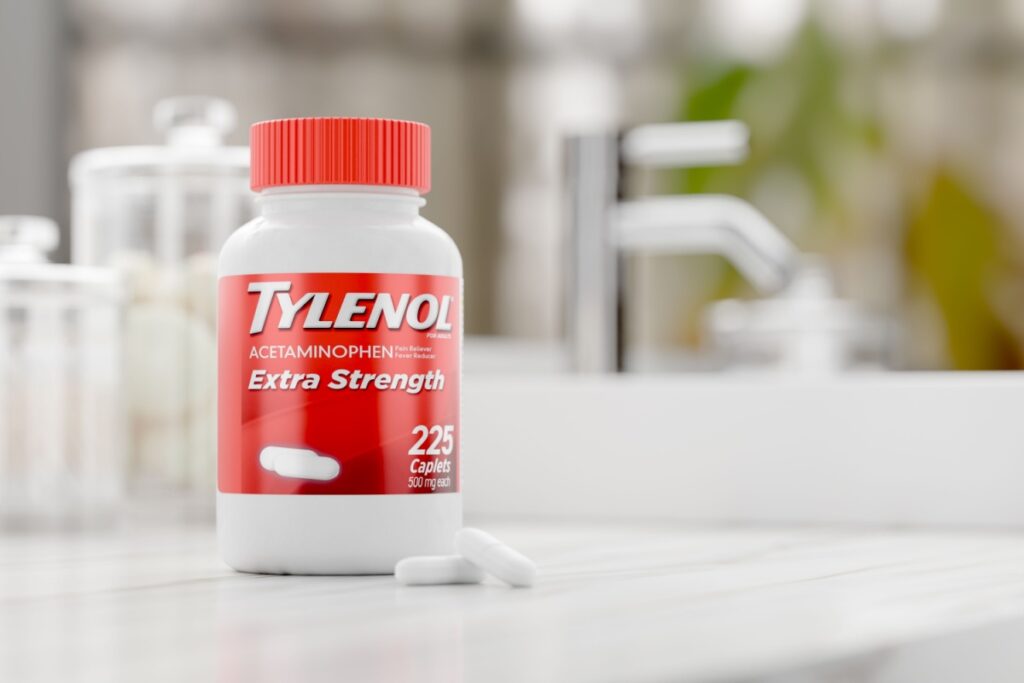Kimberly-Clark will acquire Kenvue, the maker of Tylenol, in a cash-and-stock transaction valued at about $48.7 billion, bringing a wide portfolio of everyday brands under one roof. The combined company will house marquee names including Kleenex, Huggies, Cottonelle, Band-Aid, Listerine, and Neutrogena, creating one of the sector’s largest consumer-health and personal-care players.
Post-merger, Kimberly-Clark shareholders are expected to own about 54% of the company and Kenvue shareholders roughly 46%. The companies project about $32 billion in annual revenue when the deal closes, and said the merged business will be based in Irving, Texas, led by Mike Hsu, Kimberly-Clark’s current CEO and chair. Pending shareholder and regulatory approvals, closing is targeted for the second half of 2026.
Terms, Financing And Market Reaction
Under the agreement, Kenvue investors will receive consideration valued at $21.01 per share, consisting of $3.50 in cash plus roughly 0.146 Kimberly-Clark shares for each Kenvue share—a structure that implies equity value a little above $40 billion and an enterprise value near $48.7 billion. JPMorgan has provided committed financing, and Kimberly-Clark plans to fund the transaction with a mix of cash and new debt.
The companies guided to about $1.9 billion of cost savings over three years after closing. On announcement, investor reaction was mixed: reports indicated Kimberly-Clark shares fell double digits while Kenvue gained by the mid-teens, reflecting the premium paid and integration expectations.
Strategic Rationale And Brand Lineup
For Kimberly-Clark, long associated with tissues, diapers and paper goods, the acquisition extends deeper into over-the-counter medicines, skincare and oral care, categories that can carry higher margins and steadier, repeat-purchase demand. Kenvue, spun off from Johnson & Johnson in 2023, owns 10 billion-dollar brands and brings scale in U.S. and international retail channels. Management has highlighted opportunities to combine Kimberly-Clark’s global supply chain and personal-care marketing expertise with Kenvue’s OTC innovation and pharmacy presence.
The company also expects to cross-sell across retailers, sharpen media spending, and streamline overlapping corporate functions as it pursues the targeted synergies. Analysts say the enlarged portfolio could better weather economic cycles by balancing paper-based staples with health and beauty lines, while the increased negotiating leverage with retailers may support shelf placement and promotional efficiency. Still, executing a multi-year integration, achieving the $1.9 billion savings, and managing leverage after new debt issuance will be key milestones investors watch.
Legal And Regulatory Backdrop
The announcement arrives as Kenvue faces heightened scrutiny tied to Tylenol. Texas recently sued the makers of Tylenol—Johnson & Johnson and Kenvue—alleging deceptive marketing to pregnant women and pointing to claims that prenatal acetaminophen exposure raises the risk of autism and other disorders. Public-health authorities have not established a causal link, and the Texas filing has been widely characterized as asserting unproven claims.
Kenvue has publicly defended the safety and labeling of its products. While the case is at an early stage, it adds a layer of litigation risk and could shape disclosures and review timelines as the companies seek approvals for one of the year’s largest consumer-sector deals. Separately, the merger will undergo antitrust review; both companies sell through many of the same global retailers, but their core product categories are largely complementary, which may ease competitive concerns compared with horizontal deals within a single category.
What To Watch Next
In the months ahead, investors and regulators will scrutinize three areas. First, capital structure and ratings: Kimberly-Clark has arranged committed financing, but balance-sheet targets, potential asset sales, and the pace of debt reduction will influence credit metrics after closing. Second, integration execution: realizing about $1.9 billion in cost savings by streamlining overhead, procurement, and logistics will test operational discipline. Third, commercial momentum: management has outlined cross-selling and marketing opportunities that could lift revenue beyond cost take-outs, including joint promotions that pair paper goods with OTC and skincare baskets in both mass retail and pharmacy channels.
Deal-makers note the combination also caps a renewed period for large U.S. M&A, encouraged by cooling inflation and steadier credit markets; several multi-billion-dollar transactions across energy, industrials, and health were announced alongside this deal, underscoring a broader rebound in corporate risk appetite.



